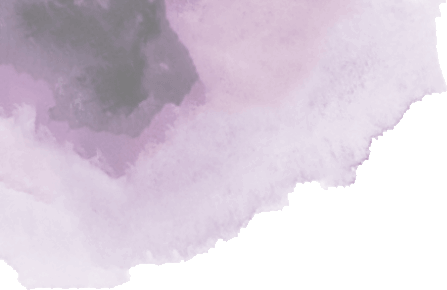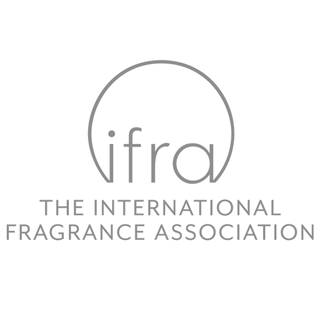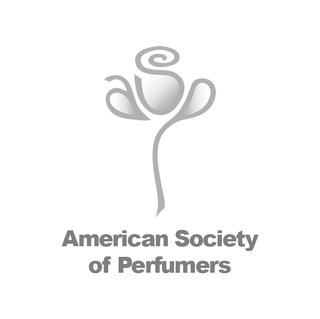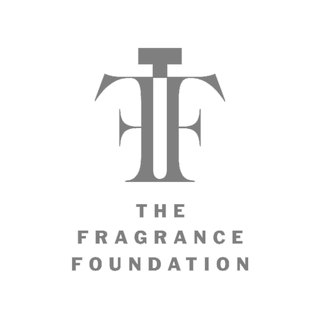Ingredient Spotlight: Rose
The roses used in perfumery look and smell nothing like the ones we give on Valentine's day. In fact, they are entirely different species. The two main types of rose used in fragrance are Centifolia and Damask. Centifolia are the most prized for their fragrance and are typically grown in France, where they bloom during the month of May. Damask roses usually come from Turkey and are very close, but not the same in olfactive output.
The smell of a blooming rose is actually composed of hundreds of individual components working together, much like a finished perfume. In perfumery, we have the option of working with materials that capture either the smell of the entire rose or just the individual parts. Steam distillation and solvent extraction produce materials with the 'complete' rose smell (we have over 15 on our palette), the most expensive of which can cost over $23,000/KG. Individual components are mix of synthetic and natural molecules that reproduce specific aspects of rose (we have over 50 of these materials in our library). Depending on the project and budget, we will determine which is the best option to use.
Rose is one of the most iconic scents profiles and materials used in perfumery, the smell of which can vary greatly depending on the grade and quality of ingredients. Of course, the absolute best way to enjoy this amazing perfume from nature is to visit the rose farms in Grasse, France during the month of May.
Oflactive Notes: Rose
Our Description: Rose has a delicate, ethereal floral smell combined with peppery freshness, creating a soft, velvety olfactive texture
Used In: Countless fragrances and products. Notable launches include Eternity, L'Eau d'Issey and YSL Paris










